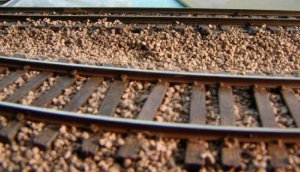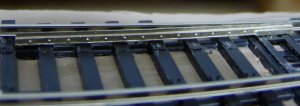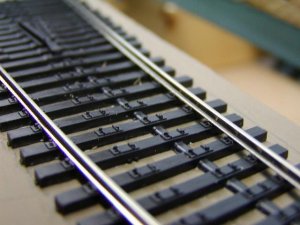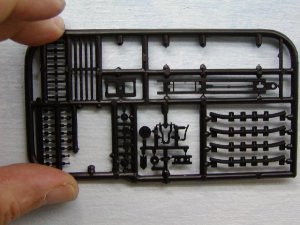Hi Gaugers!
I have a wee problem. I just picked up a length of Pico code 55 to take home and play.....er........experiment with for future layout considerations (hand lay or flex track). Small problem; I can't flex that durn flex track! That stuff is trying it's darndest to stay straight. I can put small kinks in the length, and after about 5 minutes get a wacky-bumpy curve that even a Shay wouldn't negotiate.
It's not at all like the Atlas code 100 track I've used in the past. You know the stuff, if you held it out on edge it would softly droop towards the floor. This Pico track is so stiff, you could build bridges out of it! Seems I might as well hand lay my track if it takes so long to get a decent curve from the flex track.
Any ideas out there? Anybody out there have any experience with this track?
Stan
I have a wee problem. I just picked up a length of Pico code 55 to take home and play.....er........experiment with for future layout considerations (hand lay or flex track). Small problem; I can't flex that durn flex track! That stuff is trying it's darndest to stay straight. I can put small kinks in the length, and after about 5 minutes get a wacky-bumpy curve that even a Shay wouldn't negotiate.
It's not at all like the Atlas code 100 track I've used in the past. You know the stuff, if you held it out on edge it would softly droop towards the floor. This Pico track is so stiff, you could build bridges out of it! Seems I might as well hand lay my track if it takes so long to get a decent curve from the flex track.
Any ideas out there? Anybody out there have any experience with this track?
Stan






